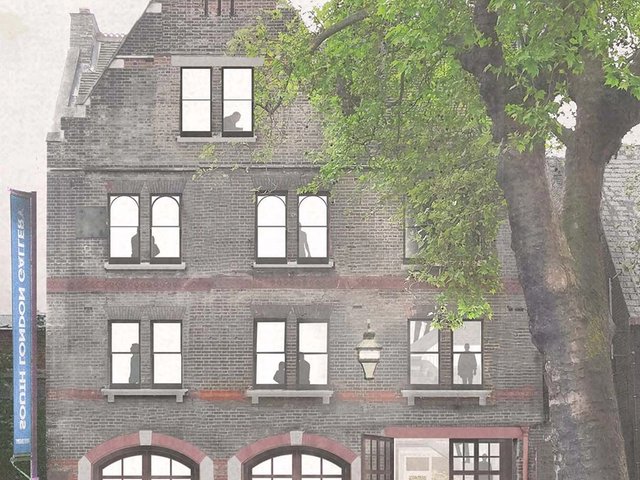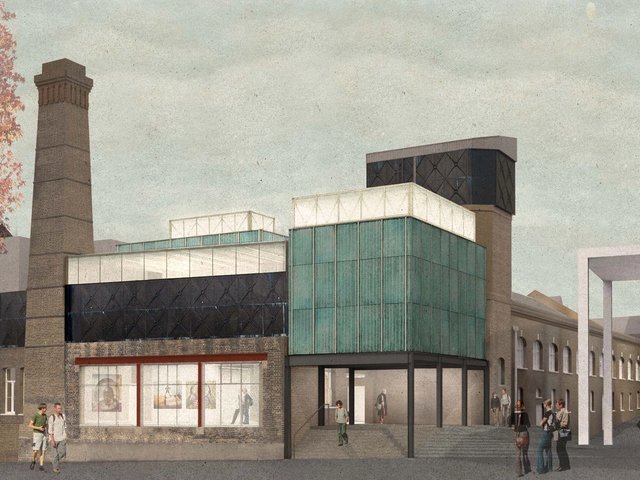A disused 19th-century warehouse in east London will be transformed into an art hub with studios for more than 40 artists, designers and architects, helping to alleviate pressure felt by creatives to secure affordable space. The plan to turn 31-35 Stock Street in Newham into a creative hub is led by Create London which “commissions art and architecture in the public realm”, according to its website.
“The new space is due to open in late 2025 and will provide affordable workspaces for 48 creatives, a café and studios dedicated to design, art and architecture, learning and skills development,” says a project statement. The architectural practice JAM has been commissioned to transform the building, with a model of the design featuring in the Royal Academy of Art’s Summer Exhibition until 18 August.
Newham Council, a project partner, has contributed £1,015,000. Create London has launched a capital fundraising campaign to raise the remaining £1.3m needed to cover part of the restoration costs. “Donations and grants will be sought from public funding bodies, a number of trusts and foundations, individuals and corporates,” the statement adds.
According to a press statement issued last year by Newham Council, Create London will be working with the council and local organisations to support a “targeted approach to facilitate space for diverse-led businesses [in the new space]”.
Last July research by the artist support charity Acme revealed that many of London’s artists are close to giving up on their career in art. Close to a third of those surveyed said financial pressures will force them to change careers within five years. Meanwhile, last October Sadiq Khan, the mayor of London, pledged to build more artist studio spaces in the capital.
A recent report in The Guardian also explored whether British artists “can survive soaring rents and property developers”, crucially focusing on the cultural and social value of having artists in a city. Organisations such as the non-profit Hypha Studios are nonetheless offering innovative solutions to the workspace crisis, by persuading commercial landlords to let artists work and exhibit for free in unoccupied stores and offices.




